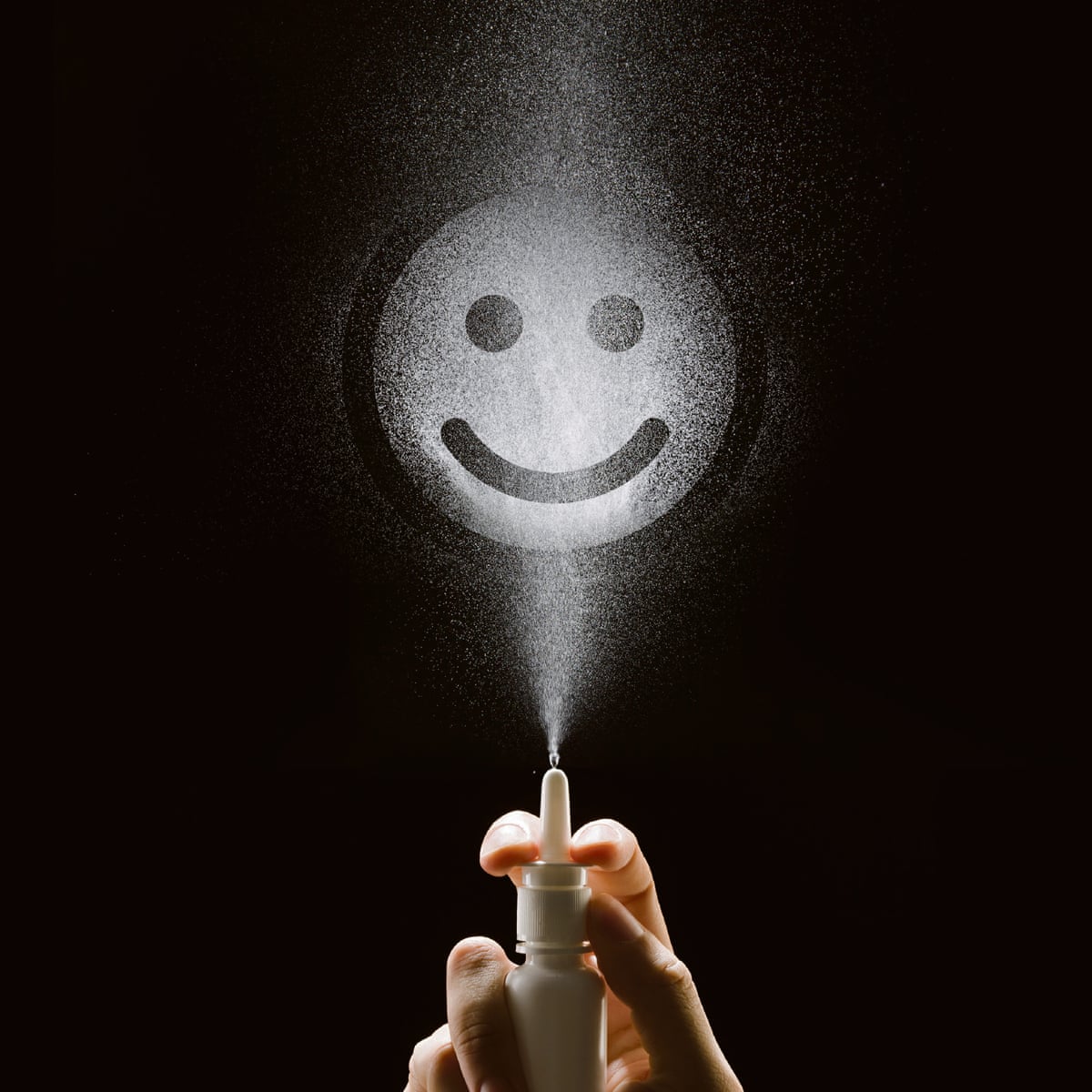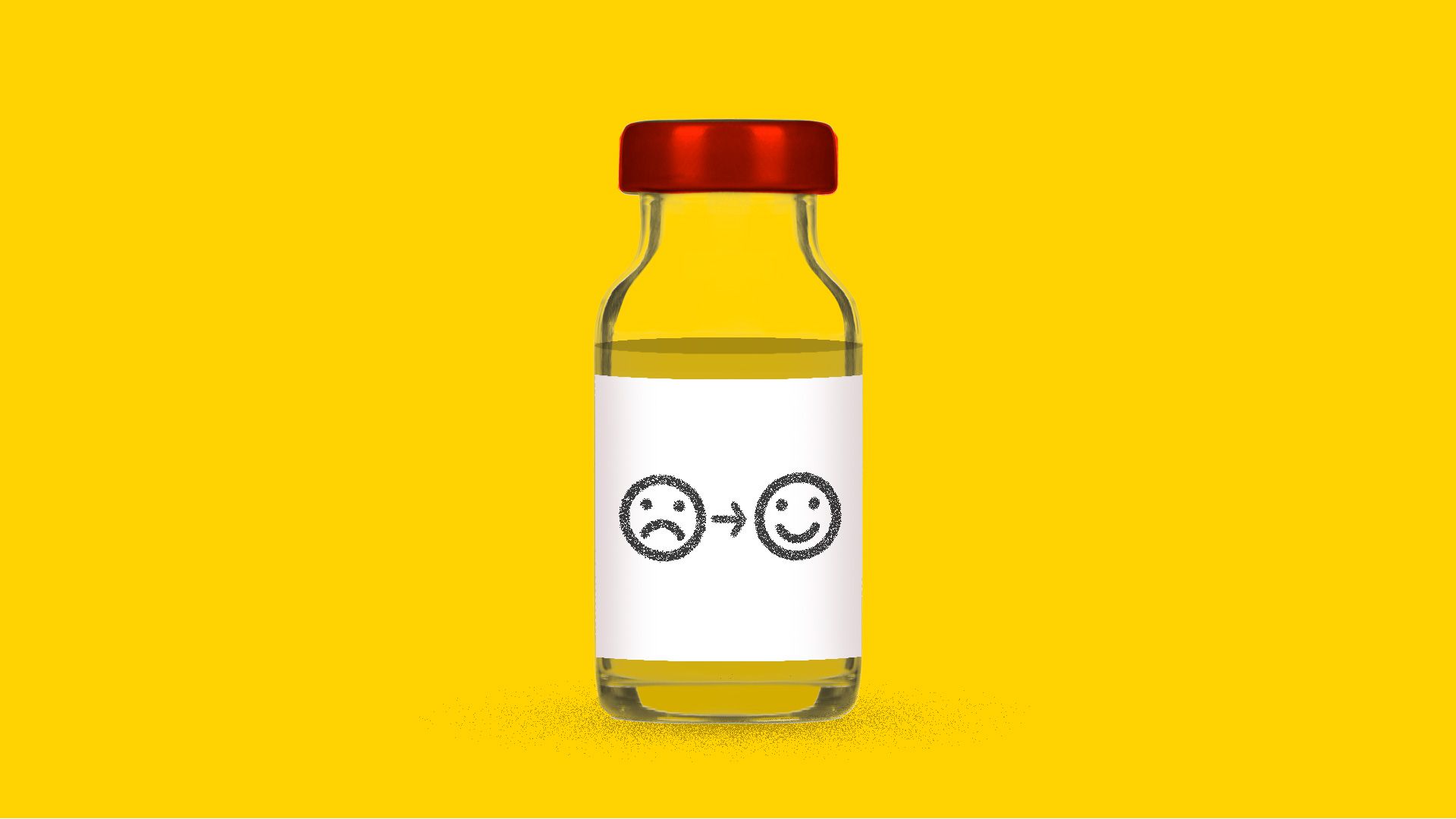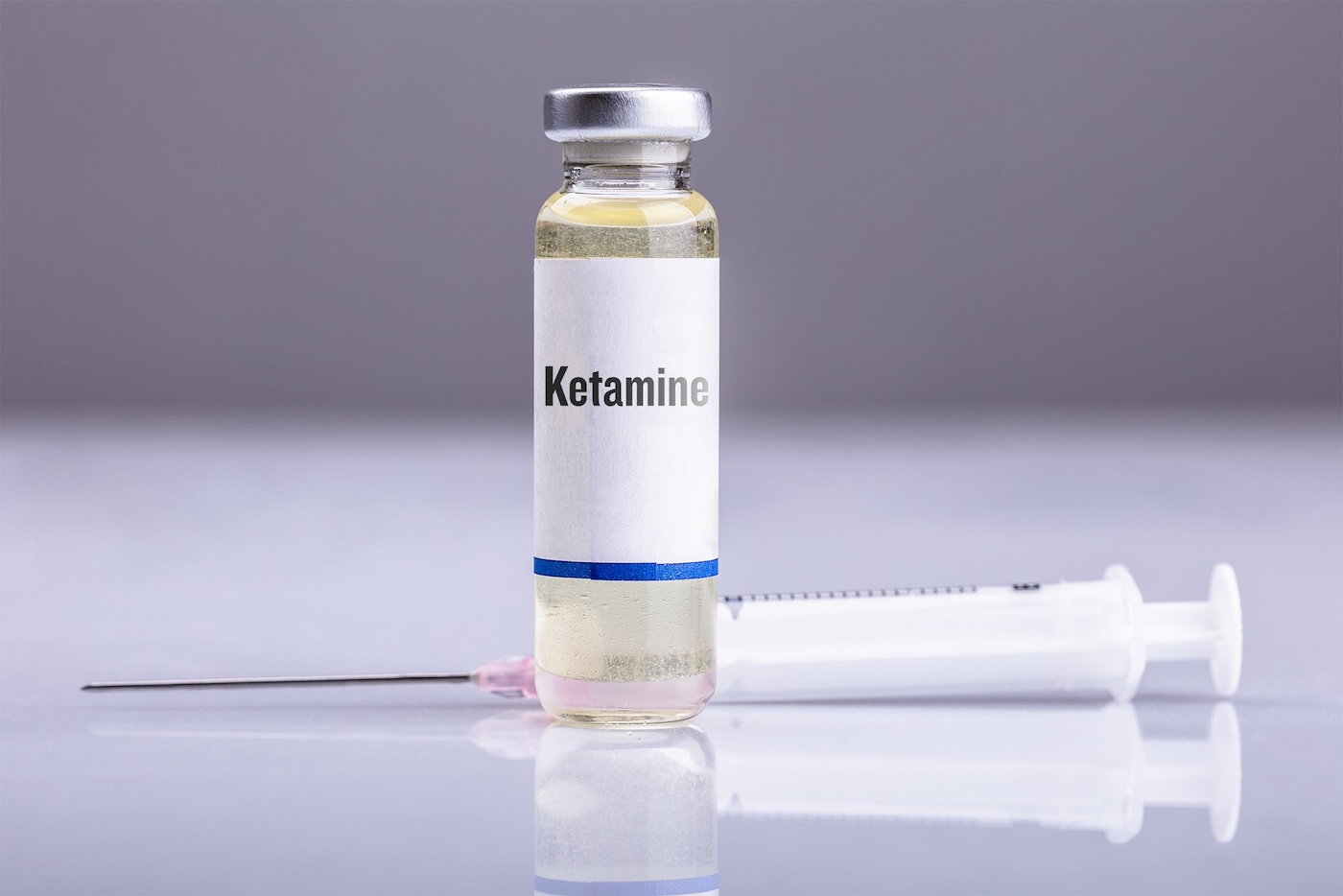
What is Ketamine Treatment?
You’ve probably heard of ketamine before; it is most commonly known as a tranquilizer for horses and other large animals, or even as a dissociative psychedelic when used recreationally.
However, when used properly, ketamine has a variety of medical uses, and is rising in popularity as an alternative treatment for depression, chronic pain, and other mental ailments. Ketamine is even featured on the WHO Model List of Essential Medicines and has been used in medical settings for over 50 years.

History and Medical Use
Ketamine was discovered in 1956 and, after a testing period, was originally used as a surgical anesthetic for American soldiers during the Vietnam War in 1970. It was preferred over other anesthetics at the time because it doesn’t inflict respiratory suppression, making it a much safer alternative to anesthetics like PCP.
It is still used as a general anesthetic in hospitals today, especially for severely injured patients, those with asthma, emergency surgeries, or those at risk of hypotension. It is also one of the only surgical anesthetics for children, commonly used for minor procedures or kids with neuromuscular disorders.
At sub-anesthetic doses, ketamine is often prescribed or administered for acute treatment of pain, most often for post-surgical pain or chronic pain.

Ketamine and Depression
The most rapidly growing use of ketamine is as an antidepressant for many kinds of depression, including Major Depressive Disorder and bipolar depression. The underlying biological mechanisms behind ketamine’s antidepressant abilities are not fully understood, but there is evidence that ketamine promotes the restoration and new growth of dendrite spines within your neurons.
Dendrites are essential for neural connection, and a common effect of depression is the deterioration of dendrites.
Ketamine treatment is significantly different from other depression medications like SSRIs – it begins working immediately and can be effective for cases of depression that are resistant to other conventional depression treatments. In fact, the discovery of ketamine as an antidepressant was one of the most important breakthroughs in depression treatment research in decades.

It is extremely effective compared to most other options; a single dose provides relief from depression symptoms in over 60% of patients within 5 hours of administration. It is also an extremely safe medication with minimal side effects.
The most commonly reported side effect is a mild floating sensation or dizziness during treatment, as well as feeling tired in the hours following treatment. In addition to depression, ketamine shows promise for treating a variety of other ailments including chronic pain, migraines, anxiety, and PTSD.
Although ketamine may not be as accessible as other antidepressant medications, it is often covered by insurance for certain cases of treatment-resistant depression. Every insurance company has different requirements, but generally you must have tried other SSRIs in the past to qualify for ketamine coverage. Ketamine isn’t just prescribed to you like other antidepressants.

Ketamine clinics and alternative medicine clinics such as TMS & Brain Health will administer ketamine treatment in a safe and professional environment. Most often, these clinics will evaluate your personal mental health profile and treatment history to determine if ketamine therapy is right for you and develop a personal treatment plan.
There are two methods of ketamine therapy administration: intravenous and intranasal. Ketamine infusion, or IV administration, involves injecting ketamine directly into the vein. This treatment method typically involves six infusion sessions that occur over 2-3 weeks, meaning the patient has 2-3 sessions per week. After the treatment period is over, occasional infusions can be scheduled if needed.

Intranasal administration involves delivering ketamine via a nasal spray. Ketamine contains two major acting chemicals: R-ketamine and S-ketamine. The nasal spray ketamine treatment only contains S-ketamine, so it is often referred to as esketamine or the brand name, Spravato. Esketamine is still administered in a clinic.
Patients typically receive treatment for two months: twice a week for the first month, and once a week for the second month. Personal treatment plans can vary depending on the needs of the individual patient.







